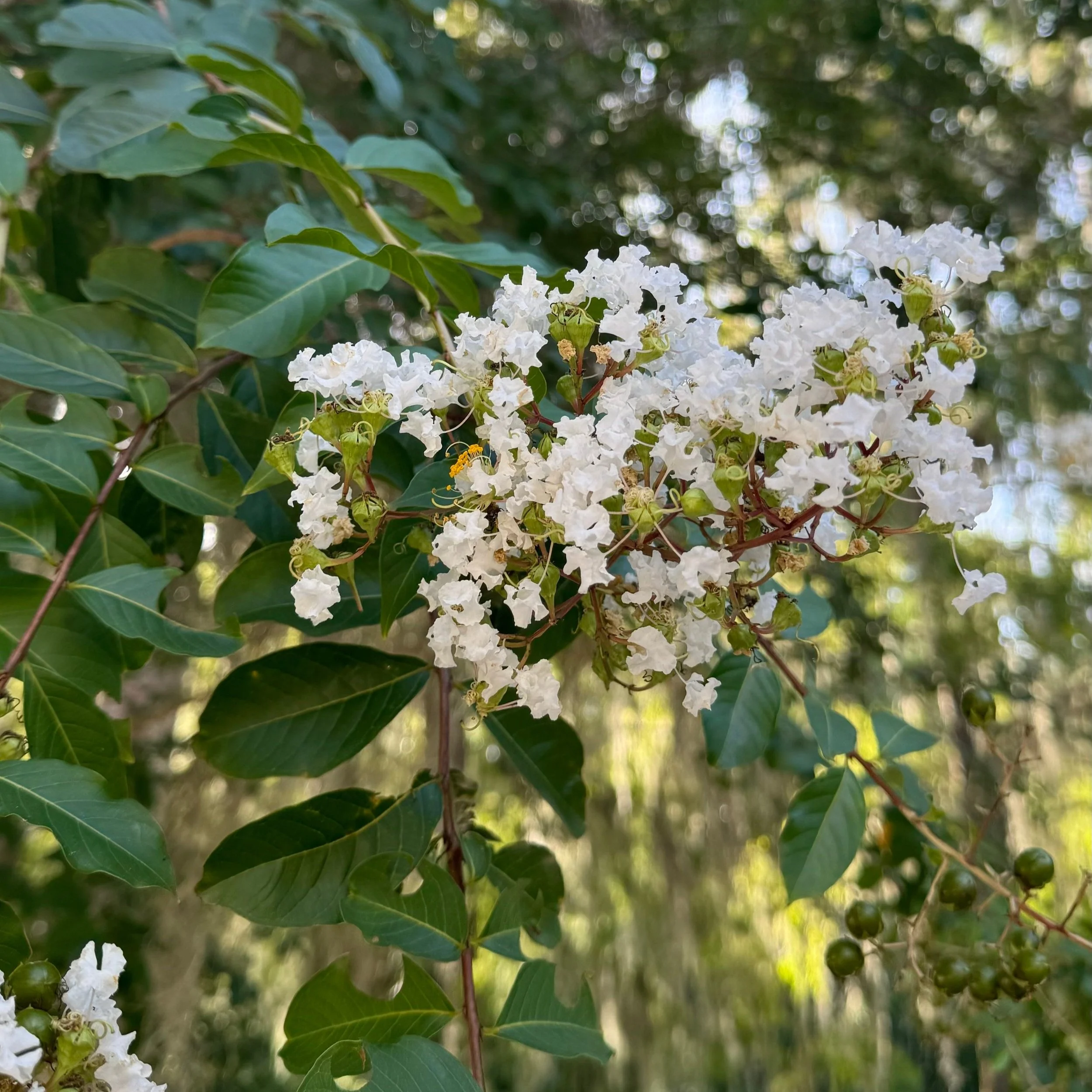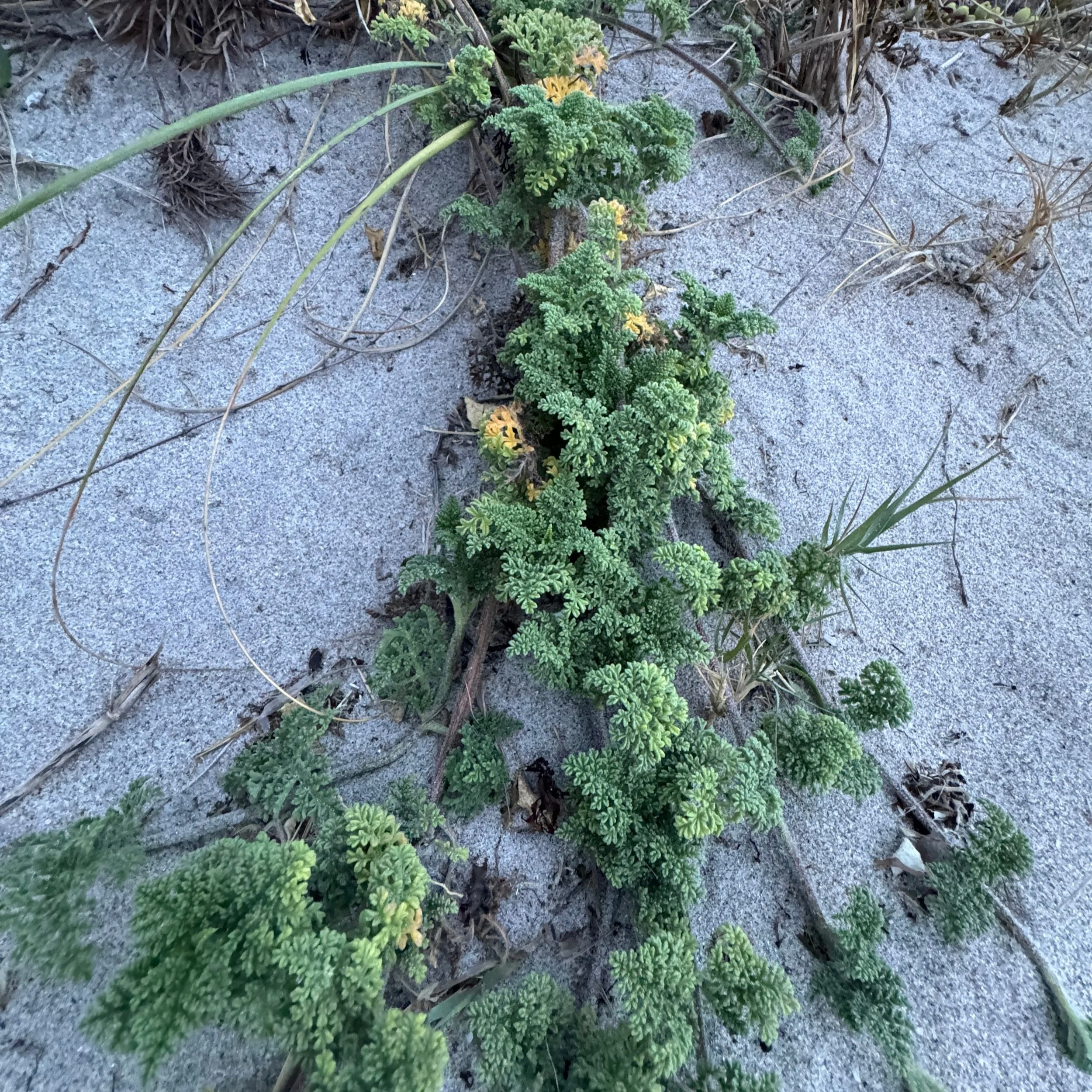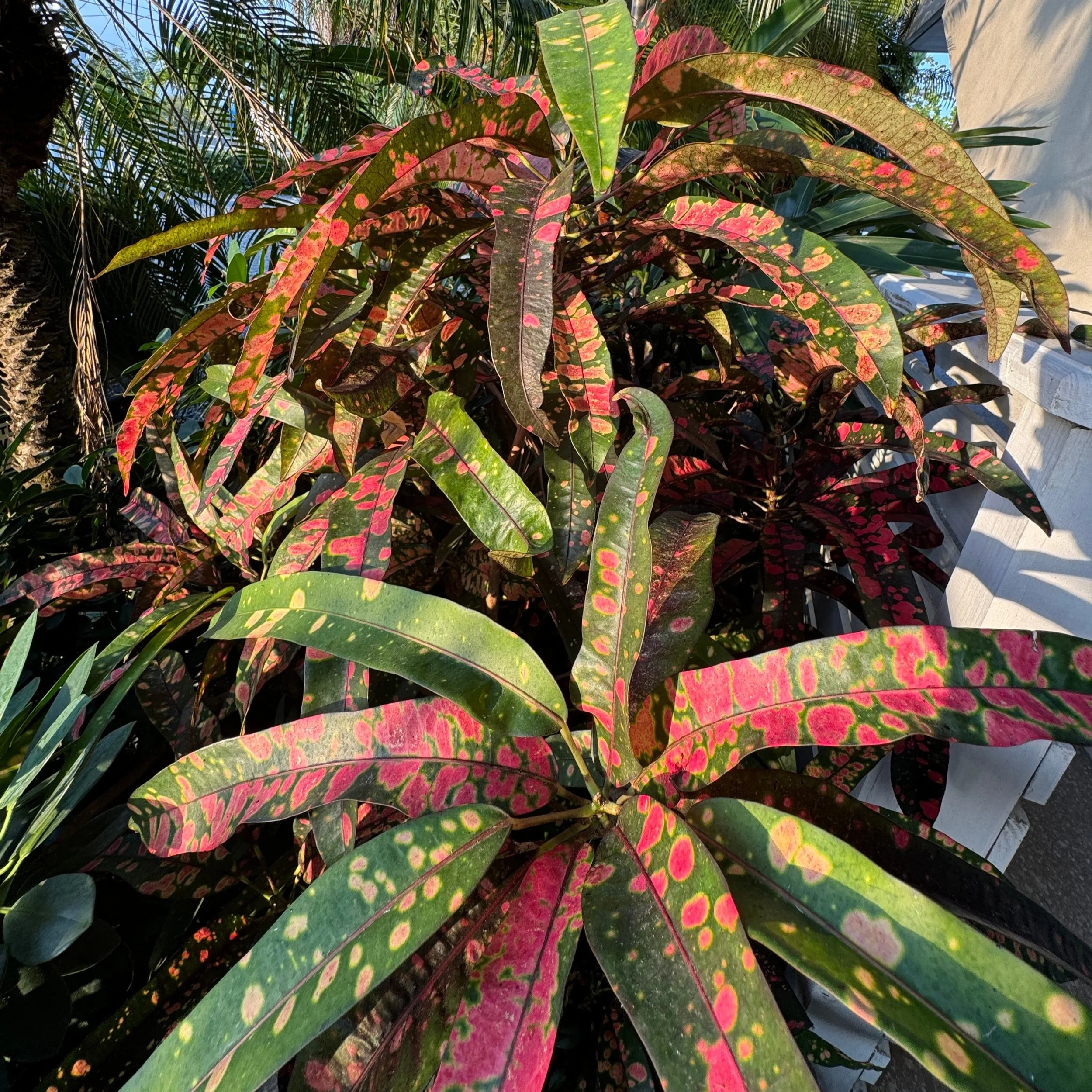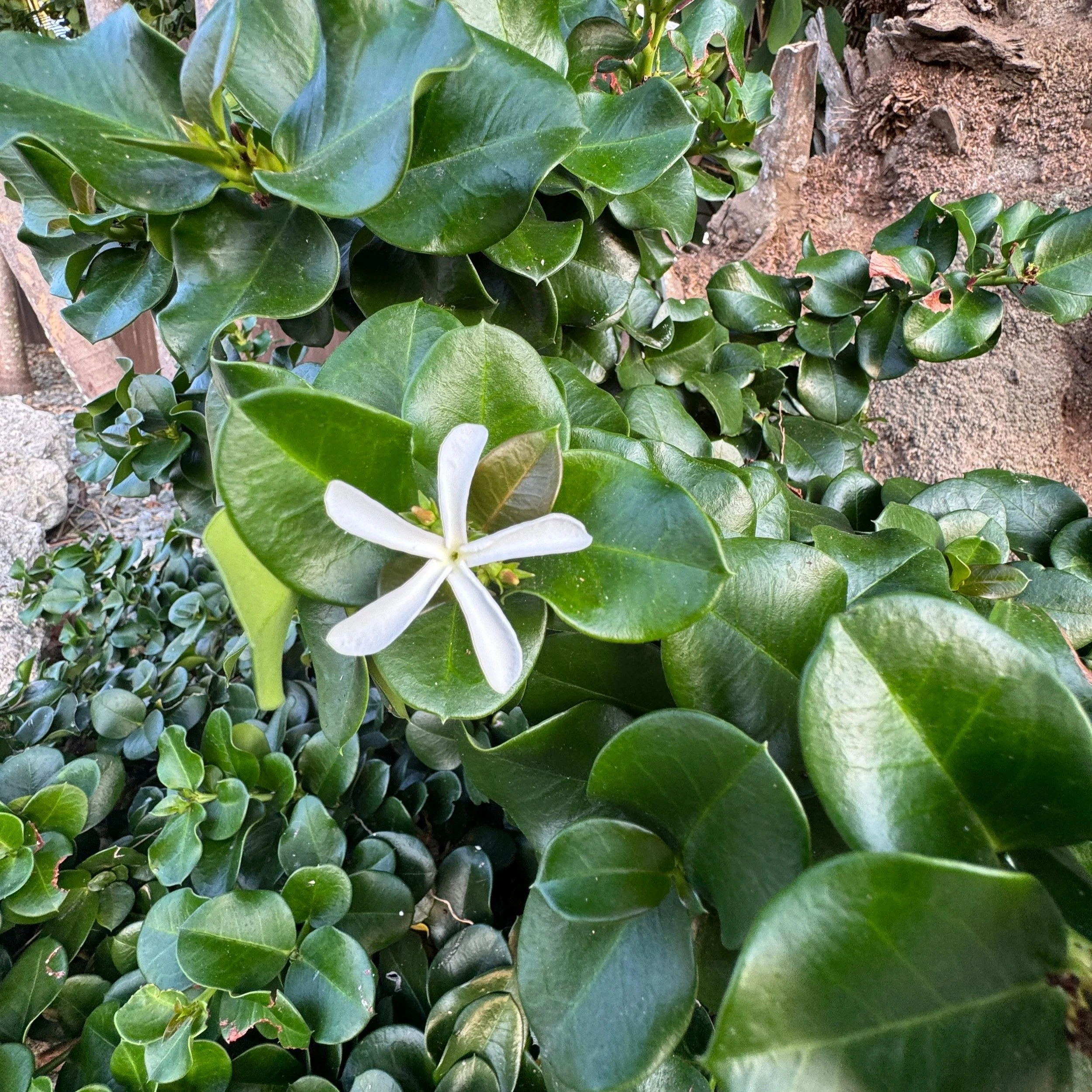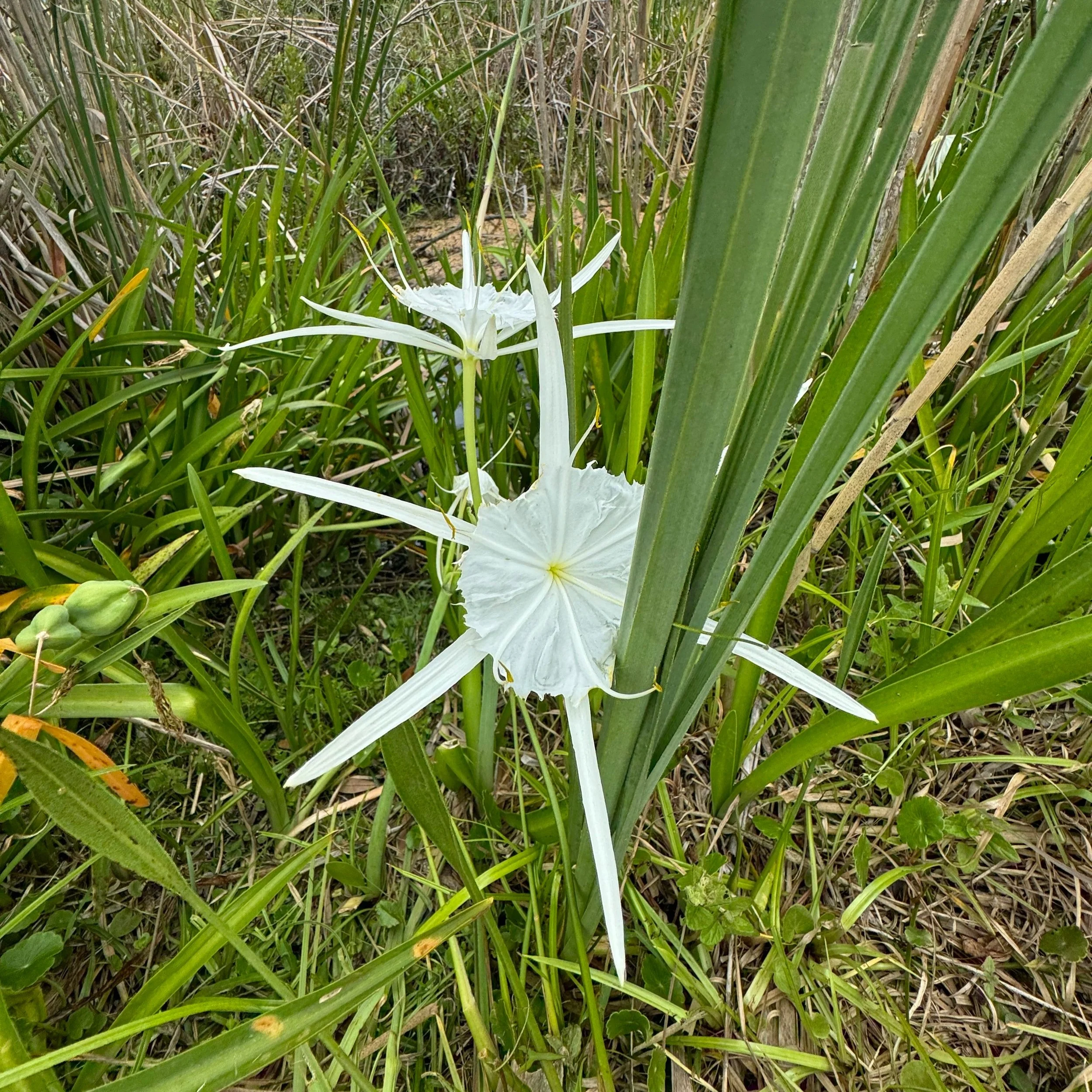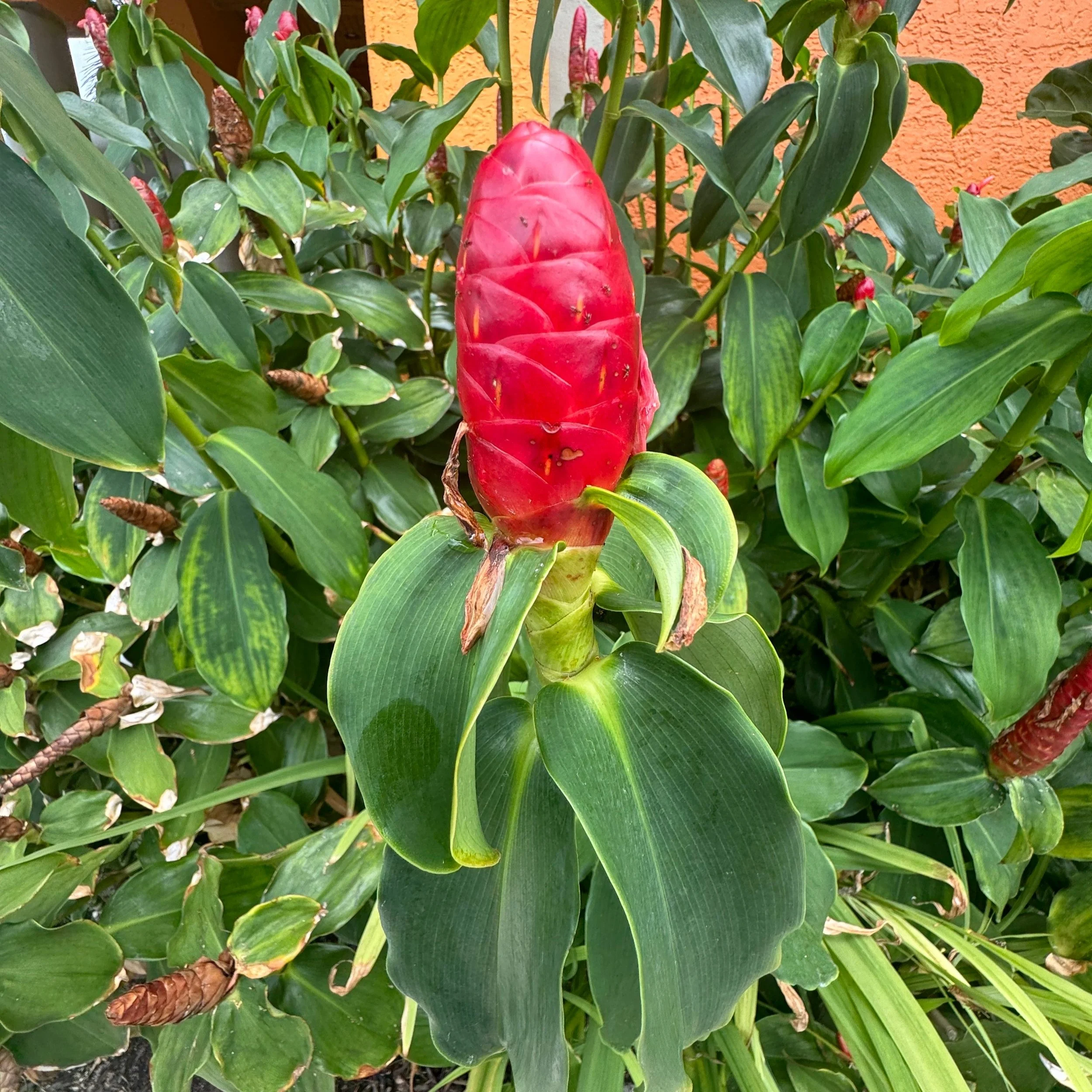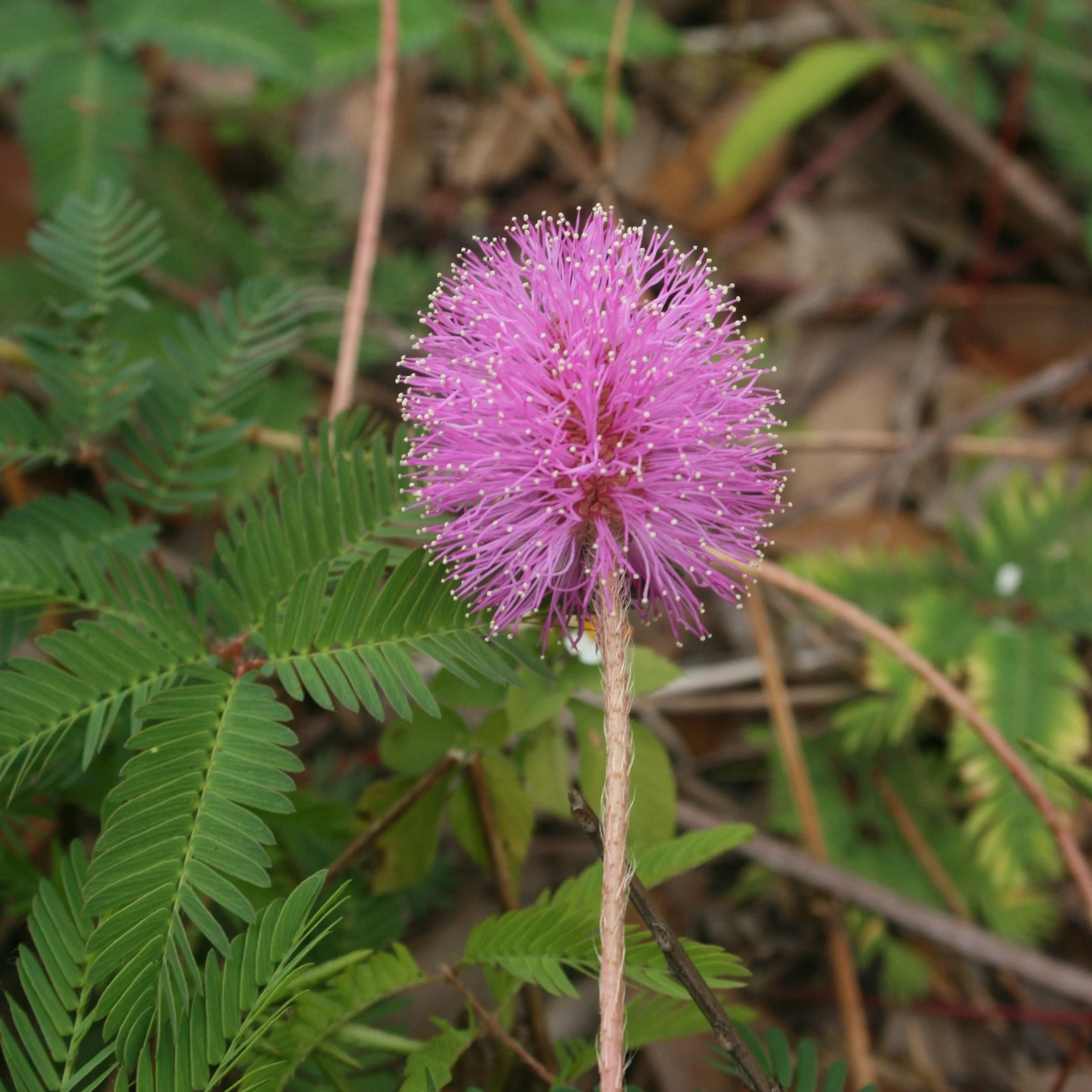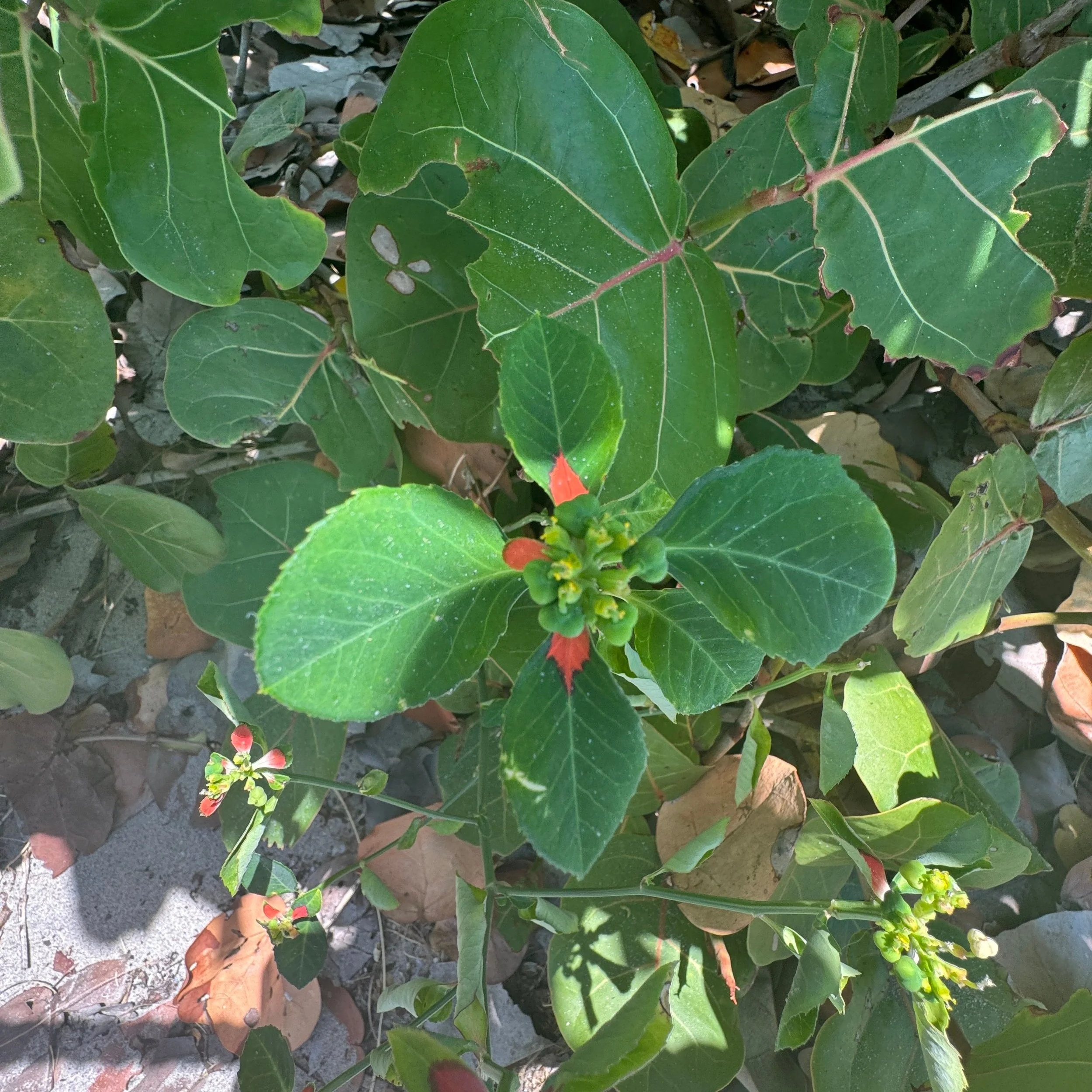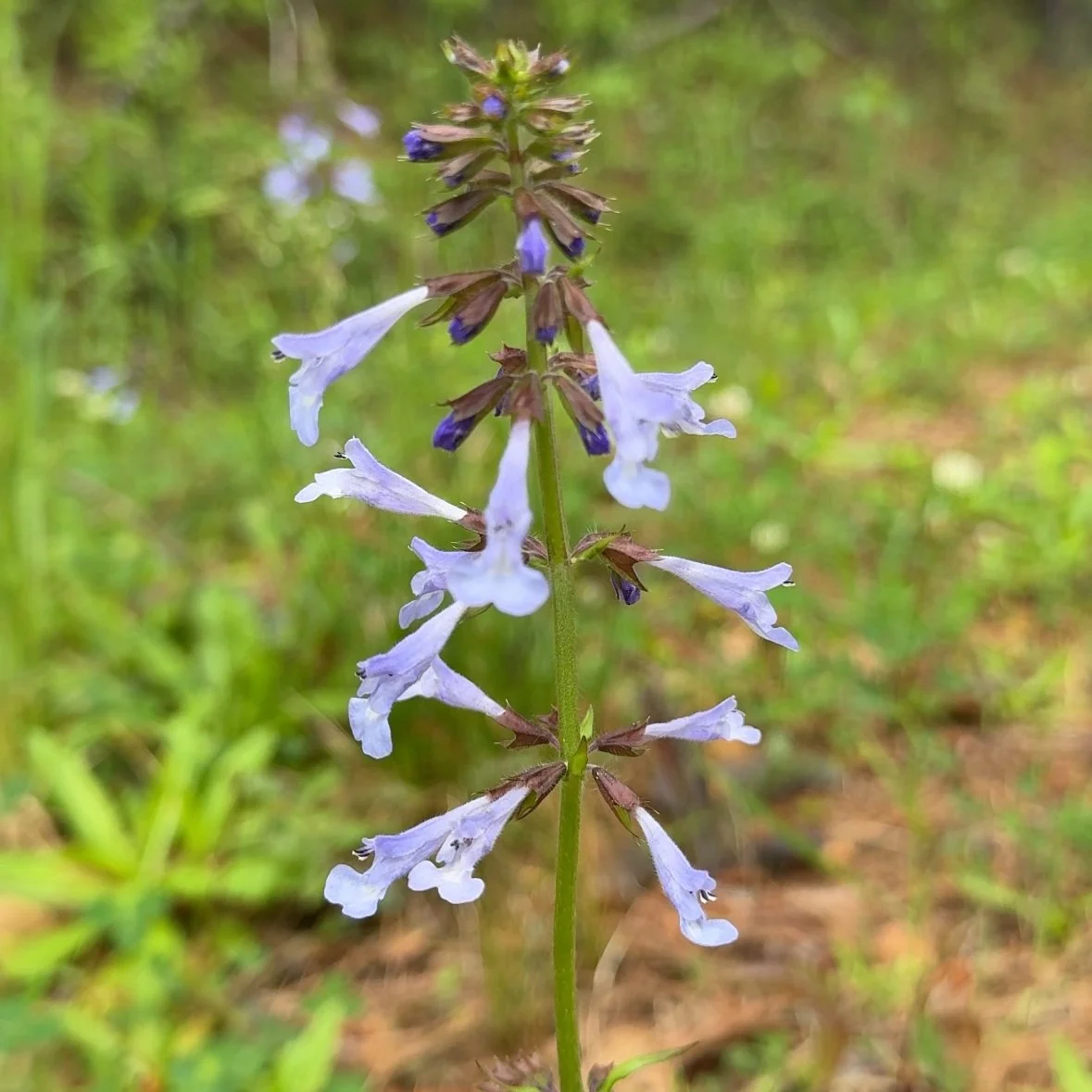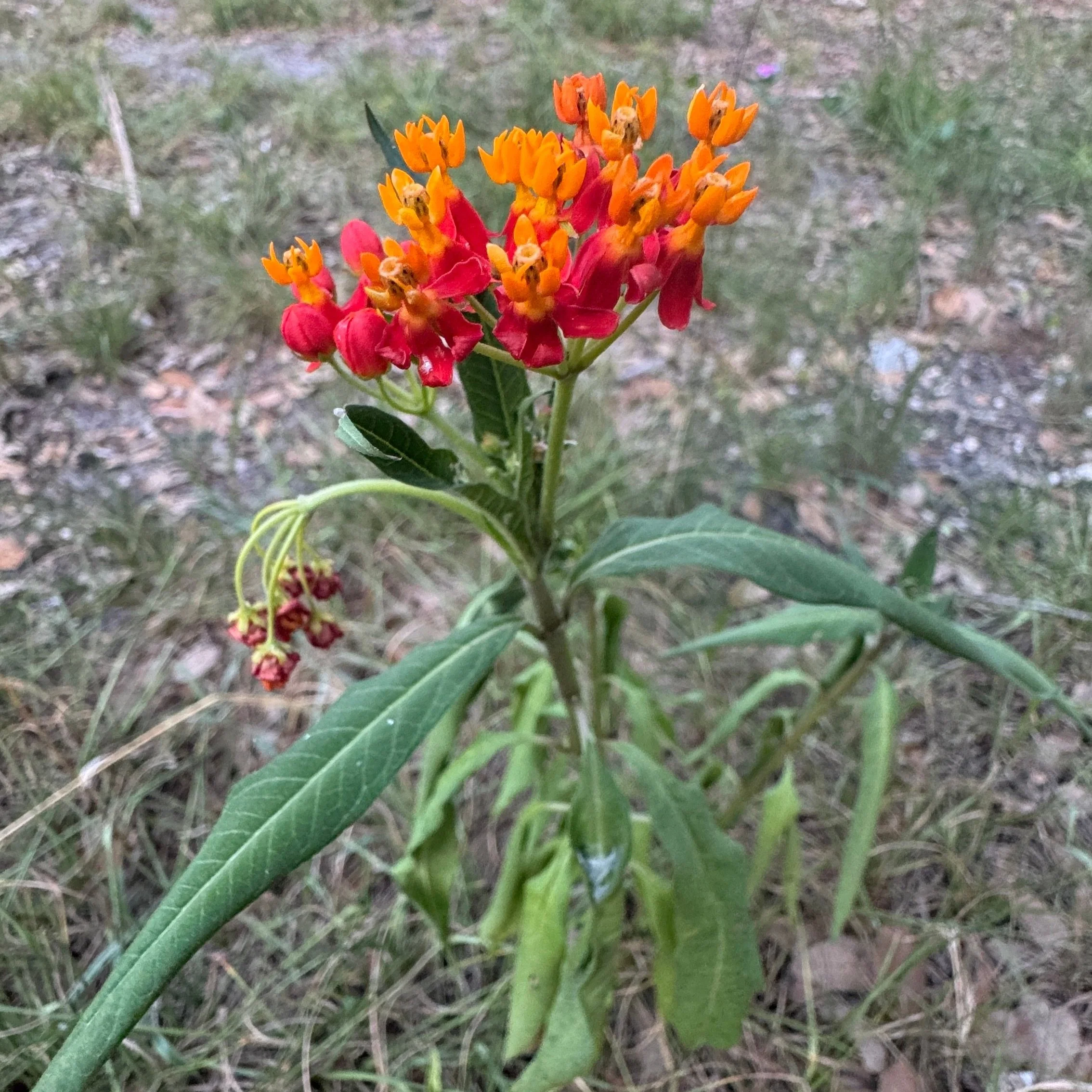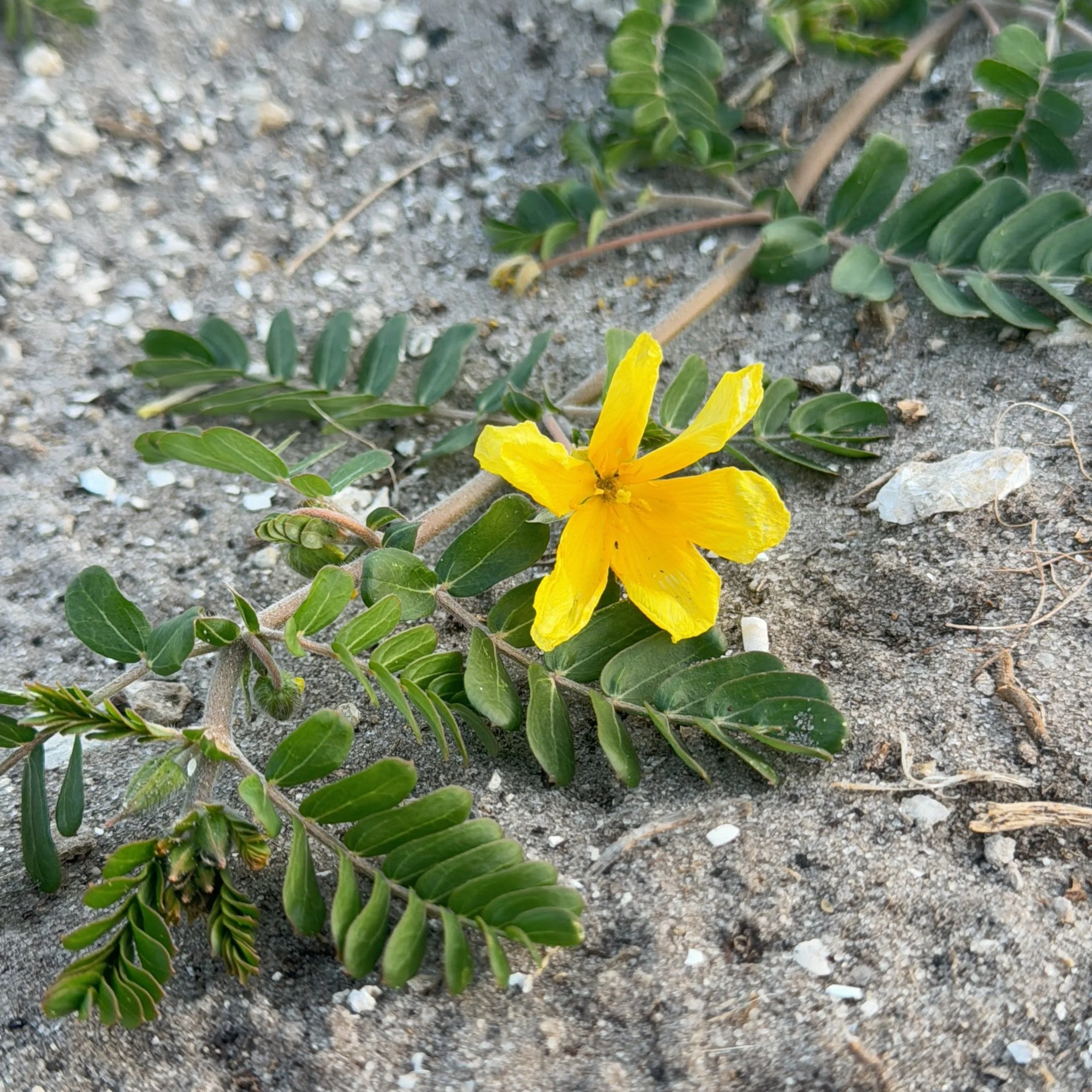Plant Facts: Southeastern US
“There are always flowers for those who want to see them”
Common name: Crape-myrtle
Scientific name:
Family:
Found in: Florida
Fun fact:
More info:
Common name: Water Lettuce
Scientific name: Pistia stratiotes
Family: Araceae
Found in: Florida
Fun fact: Nativity to northern Africa is indicated by Egyptian hieroglyphics and reports of plants meeting the description of Pistia by Greek botanists, Dioscorides and Theophrastus in the Nile River.
More info: The specific epithet is derived from a Greek word, στρατιώτης, meaning "soldier", which references the sword-shaped leaves of some plants in the Stratiotes genus. While considered edible, Pistia stratiotes is not palatable as it is rich in calcium oxalate crystals that are bitter in taste and may induce kidney stones. This plant is also a hyperaccumulator, and can absorb and accumulate toxic heavy metals present in its environment. Nevertheless, there are records of the plant being utilized as famine food in India during the Great Famine of 1876-78. The Hausa people of Nigeria used the ash of the plant as a substitute for salt due to its high concentration of potassium chloride, a mineral salt. The ash was also used in treating ringworm infections of the scalp. antifungal and anti-inflammatory.
Common name: Pigeonberry
Scientific name: Rivina humilis
Family: Petiveriaceae (petiveria family)
Found in: Florida
Fun fact: The juice made from the berries was used as a dye and ink at one time. The berries contain a pigment known as rivianin. (It is very similar to betanin, the pigment found in beets). Anthocyanins like rivianin are known for their antioxidant properties and potential health benefits.
More info: Species name “humulis” means “lowly” or “dwarfish” in Latin, referring to the plant's short stature. The berries are edible however some sources suggest that the berries may contain mild toxins, especially when not fully ripe or if consumed in excess.
Common name: Sea Purslane
Scientific name: Sesuvium portulacastrum
Family: Aizoaceae (stone plants family)
Found in: Florida
Fun fact: Commonly eaten in the Philippines, usually pickled (called “dampalit” in Tagalog). Has a salty, slightly sour taste, can be added to soups & salads!
More info: Has pink/purple flowers. Fatty acid composition:- palmitic acid (31.18%), oleic acid (21.15%), linolenic acid (14.18%) linoleic acid (10.63%), myristic acid (6.91%) and behenic acid (2.42%) The plant extract showed antibacterial and anticandidal activities and moderate antifungal activity
Common name: Costal Ragweed
Scientific name: Abrosia hispida
Family: Asteraceae (daisy family)
Found in: Florida
Fun fact: Native Americans used this plant medicinally, with a tea made from the leaves used to treat swelling, vomiting, bowel cramps, and colds, and as a salve used to treat skin sores.
More info: The genus name is from the Greek ambrosia, meaning "food or drink of immortality”. Pollen causes allergies just as other ragweeds-The major allergenic compound in the pollen has been identified as “Amb a 1”.
Common name: Tropical Sage
Scientific name: Salvia coccinea
Family: Lamiaceae (mint family)
Found in: Florida
Fun fact: Possibly anti-inflammatory, antihyperglycemic & antimicrobial.
More info: The genus name is derived from the Latin 'Salvia,' meaning 'to save or heal”. Its species name coccinea, means "scarlet-dyed" (Latin), referring to the color of its flowers.
Common name: Variegated Croton
Scientific name: Codiaeum variegatum
Family: Euphorbiaceae (spurge family)
Found in: Florida
Fun fact: The primary alkaloid present is the chemical compound 5-desoxyingenol (also known as ingenol). It has potent irritant and tumor-promoting effects due to its ability to activate protein kinase C (PKC) enzymes BUT it also is being researched for medicinal properties treating actinic keratosis (a precancerous skin condition) and other skin lesions. It is sold under the brand name “Picato” as a topical anti-tumor medication.
“the difference between poison and medicine is in the dose”
More info: When broken or cut, every part of C. variegatum will "bleed" and drip a milky, caustic sap, eventually drying into a latex-like consistency. Avoid touching this latex. The entire plant, including its bark, roots, inflorescences and foliage, is poisonous. The plant contains an oil which is violently purgative and a suspected carcinogen. Consumption of the seeds can be fatal to children and even adults.
Common name: Natal Plum
Scientific name: Carissa macrocarpa
Family: Apocynaceae (dogbane family)
Found in: Florida
Fun fact: Grows plums with sweet-tart flavor reminiscent of cranberries. Can be eaten fresh or used in jams, jellies, preserves, and desserts!
More info: Native to South Africa. Their white flower scent intensifies at night. In African medicine they boil the leaves to use as a poultice for toothaches (among other remedies).
Common name: Spring Spiderlily
Scientific name: Hymenocallis liriosme
Family: Amaryllidaceae (amaryllis & onion family)
Found in: Florida & Mexico
Fun fact: Spiderlilies are sometimes associated with purity and femininity in symbolic meanings.
More info: The flowers have narrow, strap-like petals (tepals) that radiate outward, giving them a spider-like appearance. Has a yellow-green coloration in the center of the flower.
Common name: Sea Grape
Scientific name: Coccoloba uvifera
Family: Polygonaceae (knotweed family)
Found in: Florida
Fun fact: In Puerto Rico and the Caribbean the roots and bark of the plants are used in traditional medicine, while in the Yucatán peninsula tea made from the bark of sea grape mixed with alcohol is used for ulcers. In French Guiana, a juice made from the whole plant called Jamaica kino, is used to treat diarrhea and dysentery.
More info: commonly planted on sandy beaches to protect them from erosion, high winds etc. Symbol of resilience. Green grape-like fruit that ripen to a purplish color, they are edible and can be used for jam, eaten directly from the tree, or fermented into sea grape wine. The sap has been used for dyeing and tanning leather. The wood has occasionally been used in furniture, as firewood, or for making charcoal.
Common name: Red Button Ginger
Scientific name: Costus woodsonii
Family: Costaceae (spiral gingers & allies family)
Found in: Florida
Fun fact: The red structure is not a flower, they are bracts (modified leaves). The flowers emerge in clusters from the red bracts.
More info: The inflorescence produces nectar which attracts ant. If you squeeze the red bracts nectar and ants will come out!
Common name: Sunshine Mimosa
Scientific name: Mimosa strigillosa
Family: Fabaceae (legume family)
Found in: Florida
Fun fact: This plant has sensitive leaves that move in response to touch (called “thigmonasty” or “seismonasty” response) when touched, the leaves fold inward.
More info: Also called “powderpuff” or “sensitive plant”.
Common name: Partridge Pea
Scientific name: Chamaecrista fasciculata
Family: Fabaceae (legume family)
Found in: Florida
Fun fact: Cherokee people used this root to keep ball players from tiring. They also used it as a stimulant compound infusion for fainting spells.
More info: Seminole people used partridge pea as an antiemetic used for nausea. The leaves open and close in response to day and night cycles (nyctinasty).
Common name: Pickerelweed
Scientific name: Pontederia cordata
Family: Pontederiaceae
Found in: Florida
Fun fact: The young leafstalks can be eaten raw (with the unripe fruits stripped off) or cooked. The seeds are edible raw, and can be ground into grain.
More info: typically found growing in shallow water bodies such as ponds, marshes. Has blue-violet flowers.
Common name: Largeflower Mexican Clover
Scientific name: Richardia grandiflora
Family: Rubiaceae (madder family)
Found in: Florida
Fun fact: Used as a ground cover, it has proliferated in Florida where it is also called “Florida snow”
More info: Largeflower Mexican clover is edible, and its leaves and young shoots can be consumed raw or cooked- valued for its high protein content relative to other leafy greens. Infusions or decoctions of the leaves were used for their diuretic properties and to treat urinary tract infections.
Common name: Green Buttonwood
Scientific name: Conocarpus erectus
Family: Combretaceae (bushwillow family)
Found in: Florida
Fun fact: Used as firewood, and is reported to be good for smoking meat and fish, as it burns very hot and slowly; it also makes high quality charcoal.
More info: The bark is high in tannin, for which it has been harvested commercially. Important for epiphytes (plants that grow on other plants)
Common name: Fire-on-the-mountain
Scientific name: Euphorbia cyathophora
Family: Euphorbiaceae (spurge family)
Found in: Florida
Fun fact: in the same family as poinsettias, also called “wild poinsettia”, “dwarf poinsettia”, or “painted leaf”. Has red/orange bracts (modified leaves) similar to Christmas poinsettias.
More info: contains milky sap that can be toxic and irritating to the skin and mucous membranes
Common name: Lyreleaf Sage
Scientific name: Salvia lyrata
Family: Lamiaceae (mint family)
Found in: South Carolina
Fun fact: The leaves have irregular margins and are typically pinnately lobed or cut, looking somewhat like a lyre.
More info: The leaves were once thought to be an external cure for cancer, thus one of the common names "Cancerweed". Native Americans used the root as a salve for sores, and used the whole plant as a tea for colds and coughs. The leaves can be added fresh to salads or cooked like spinach.
Common name: Hastate-leaved Dock
Scientific name: Rumex hastatulus
Family: Polygonaceae (knotweed family)
Found in: South Carolina
Fun fact: The leaves are edible when young and can be cooked and eaten like spinach or added to salads. However, the leaves can be quite sour due to their oxalic acid content, so they are often blanched or cooked to reduce tartness.
More info: Should only be consumed in small quantities because too much may be poisonous.
Common name: Southern Dewberry
Scientific name: Rubus trivialis
Family: Rosaceae (rose family)
Found in: South Carolina
Fun fact: They are similar in flavor to blackberries but may have a slightly different texture.
More info: The fruit of southern dewberry is an aggregate of small drupelets, similar to blackberries. The drupelets turn from green to red and then to dark purple to black when fully ripe. They are edible and sweet when fully ripe.
Common name: Dense-spike Blackroot
Scientific name: Pterocaulon pycnostachyum
Family: Asteraceae (daisy family)
Found in: Florida
Fun fact: The name "Blackroot" likely comes from the appearance of the dried roots, which can darken and turn blackish after harvesting and drying, although the live roots are typically lighter in color.
More info: The roots of were traditionally used by Native Americans to treat fevers, digestive issues and various ailments.
Common name: Tropical Milkweed
Scientific name: Asclepias curassavica
Family: Apocynaceae (dogbane family)
Found in: Florida
Fun fact: Monarch butterflies feed on tropical milkweed to use their toxic cardiac glycosdies and repurpose it to make themselves toxic to predators. Tropical Milkweed is a preferred host plant for the larvae of Monarch butterflies.
More info: Contains several cardiac glycosides, including asclepin, curassavoside, calotropin, uzarin, calactin, coroglucigenin and uzarigenin. It also contains oleanolic acid, β-sitosterol, and glycosides of asclepin. The most abundant cardiac glycoside present in the leaves is voruscharin, which comprises around 40% of the total cardiac glycoside content.
Common name: Jamaican Feverplant
Scientific name: Tribulus cistoides
Family: Zygophyllaceae (caltrop family)
Found in: Florida
Fun fact: The fruits are spiny and form characteristic "goathead" burrs. Painful if stepped on.
More info: The spiny fruits of Tribulus cistoides are adapted for dispersal by attaching to the fur or feet of animals
Common name: Tarflower
Scientific name: Bejaria racemosa
Family: Ericaceae (heath family)
Found in: Florida
Fun fact: also called “fly-catcher” because secretes a sticky resin that traps and kills insects
More info: Larvae feeding on tarflowers were found to resemble in color the rust-colored anthers and stems, while those that fed on other host plants exhibited different coloration. The same study found that Southern Emerald moth larvae developed at a slower rate on B. racemosa compared with other host plants, perhaps as a consequence of the sticky resin produced by the flowers
